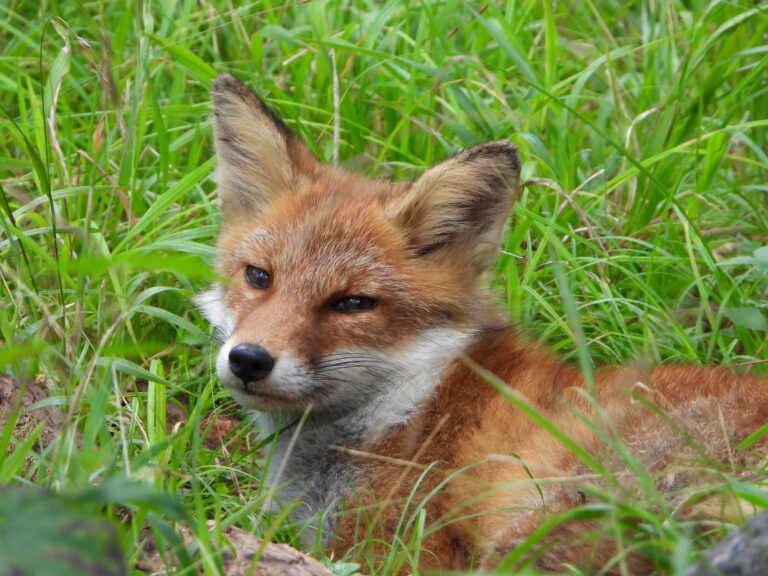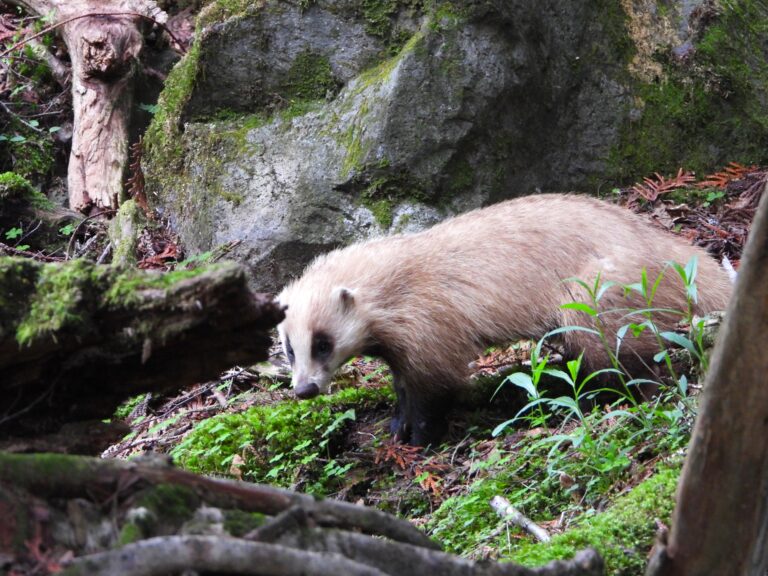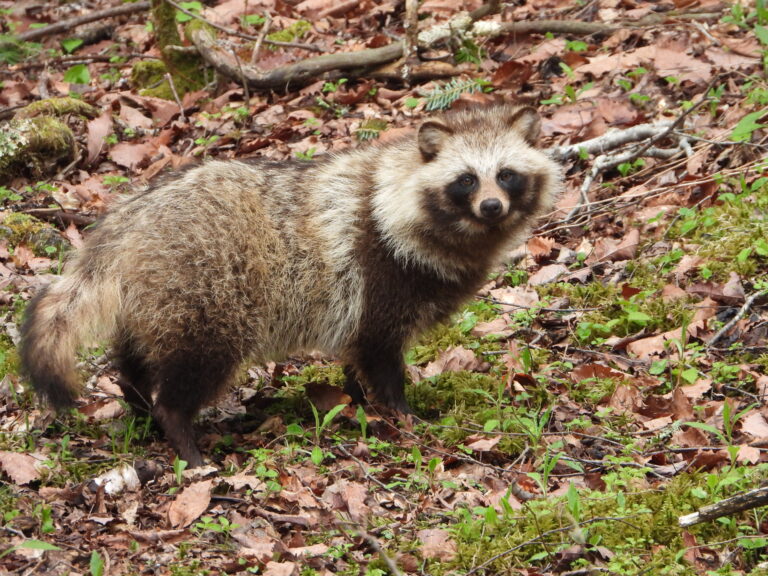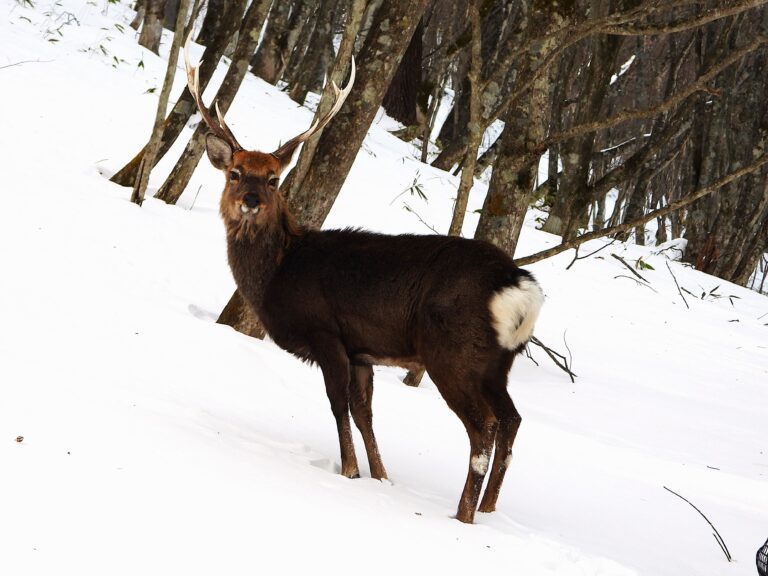Ezo Pika (Ochotona hyperborea yesoensis) – Wildlife of Japan
Introduction
The Ezo Pika (Ochotona hyperborea yesoensis), a subspecies of the Northern Pika, is a tiny alpine lagomorph found only on rocky slopes in Hokkaidō, Japan. Known for its sharp, single-note calls, this endemic pika famously stores “hay” for winter instead of hibernating.
Appearance
Compact and round-bodied (head–body 13–18 cm; 120–200 g), with short limbs, large rounded ears, and no visible tail. Fur is gray-brown with a warm buff wash, paler on the belly.
ID tips:
- Round mouse-like silhouette but it’s a lagomorph (relative of rabbits, not a rodent).
- Broad, rounded ears; no tail tip visible.
- Often perched on boulders, sitting upright to scan and call.
Habitat
The Ezo Pika inhabits subalpine to alpine boulder fields (talus) adjacent to low, stunted shrub zones such as dwarf stone pine (Pinus pumila). In Hokkaidō, they occur in high mountain areas (e.g., Daisetsuzan and neighboring ranges). They use deep rock crevices for shelter and for caching vegetation.
Behavior
Diurnal to crepuscular. Emits short, piercing “peep” calls for contact and alarm. Famous for “haying”: collecting plant clippings, spreading them to dry, then caching them in rock cavities for winter. The Ezo Pika maintains small home ranges with well-used runways through the talus.
Diet
The Ezo Pika feeds on leaves of dwarf bamboo (Sasa), grasses, sedges, forbs, and young shrub shoots (e.g., willow). Summer is the peak of active foraging and hay-gathering; cached piles sustain them through snow cover.
Reproduction
Breeding begins late spring to early summer at alpine elevations. Typically one litter per season, occasionally two in favorable years, with 2–6 young after a gestation of about a month. Juveniles rapidly learn the network of crevices and calling sites.
Conservation
As a species, the Northern Pika is not considered threatened (globally Least Concern), but isolated alpine populations are vulnerable to habitat loss and warming climates that compress cool, rocky zones. In Hokkaidō, respectful viewing and staying off fragile vegetation help minimize disturbance.
Author’s Impression
I once devoted two full days in the mountains just to see this species. Several times the pika peeked out from rock crevices but never stayed still. At last, one appeared and began eating right in front of me. I even managed to capture this moment on video, so please take a look.







